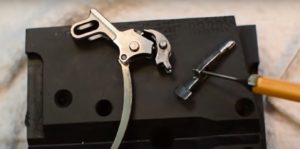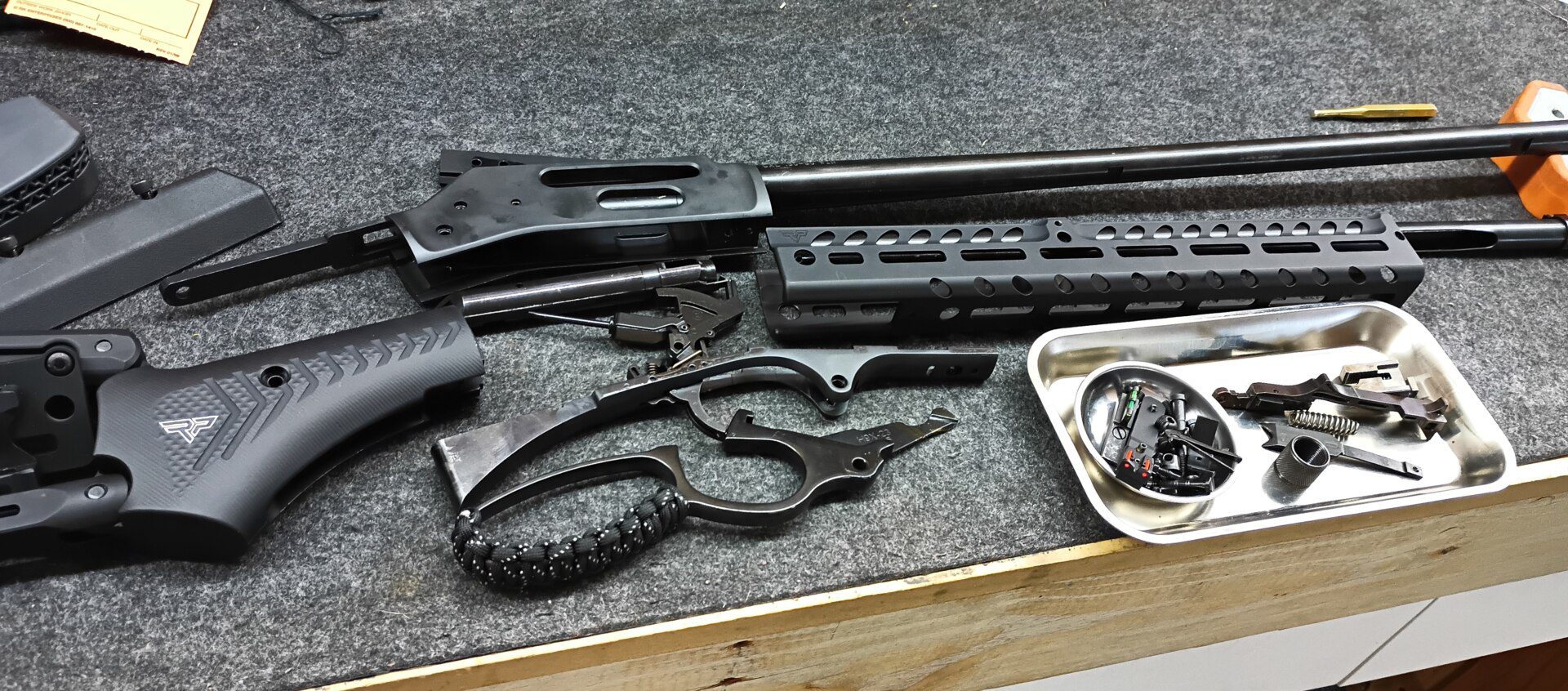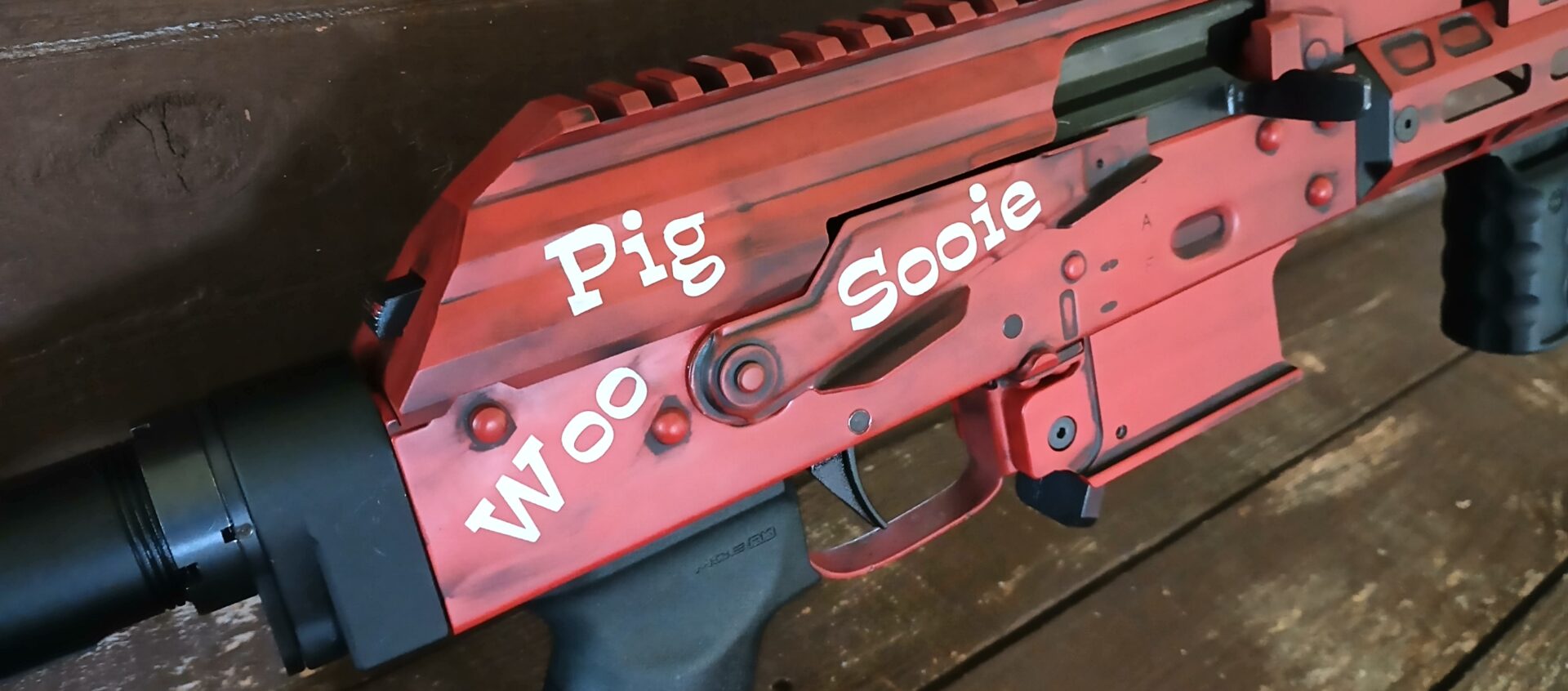The Benefits of Custom 1911 Pistol Work
Each 1911 has two lugs that sit on either side of the slide and contact the slide-stop pin to arrest the barrel’s movement. The lugs receive a whack every time the pistol cycles and they must fit evenly, or they will break.
The smith must use their tooling and knowledge to get the fit right. This takes a lot of time and effort, which is why experienced master gunsmiths have notebooks full of dimensional drawings and corrections for their work.
Main Benefits
To many people, custom work on the 1911 includes external cosmetic features such as snag free sights, fitted beavertail safety and tritium night sight inserts. But a gunsmith who has advanced gunsmithing skills can do so much more for your 1911’s performance.
He can make a trigger job that is not only reliable but also consistent. The best 1911 trigger jobs are done by a skilled hand-on-hand smith using specialized tools to ensure that every detail is perfect.
He can ensure that the barrel-to-slide and bushing fit is exact and has even contact across the lug abutments cut into the slide and barrel. This reduces friction and wear between the two and increases accuracy. He can also add shock buffer washers that help cushion the steel-on-steel impact between the sear and hammer pins, while retaining full slide travel.
Trigger Job
A great trigger makes an ordinary pistol feel like a fine piece of machinery. That’s particularly true of the 1911, which is supported by a massive selection of spare parts and accessories.
massive selection of spare parts and accessories.
A good custom smith will fit the hammer, extractor and slide rails to one another for proper function. They also will ensure that the feed ramp angles are correct, which is critical for reliable function.
Cliff Diseker at Lone Star Gunsmithing and Cerakote is a top gunsmith specializing in 1911’s. His full-custom work is renowned for its smooth, consistent trigger. He has also done the hard work to make his controls, including the safety levers and grip safeties, fit the hands of experienced high speed “gun drivers” to maximize control and shootability. These properly fitted controls help reduce accidental discharges that can lead to serious injury and unwanted holes in walls and refrigerators.
Accuracy
Some custom 1911 pistols are built for competition shooting, while others may be designed for self-defense or to serve as a hunting pistol. Whatever the intended use, custom 1911 pistol work provides a number of benefits to shooters and the gun itself.
One example of an enhancement to a custom 1911 is a “last shot hold open” feature that keeps the slide from closing on a magazine follower, even when the last round has been fired. This eliminates the risk of accidental discharge during holstering.
Other examples include a “fast safety” system that replaces the hammer (main) spring and plunger spring. This makes it easier for the shooter to see that the thumb safety is in the on position when holstering. This eliminates all “THAT HAMMER IS COCKED!” concerns.
Safety
In the hands of an experienced pistolsmith the 1911 can perform like a dream. But even when properly maintained the design has its share of idiosyncracies that can compromise reliability.
Some of these issues have nothing to do with the original blueprints, but everything to do with how a particular manufacturer has chosen to build their gun to spit out ammo reliably. This is why some 1911s have to be sent back for rework after leaving the factory.
For example, many manufacturers use ambi safeties that can develop slack between the two levers over time. This causes a hesitant, unreliable operation, and it’s not the way a law enforcement officer should be forced to operate a firearm. Dave Lauck factors decades of experience and millions of rounds of live fire into his designs to minimize reliability problems.
Cerakote
Dave Lauck personally handcrafts each and every 1911 project to ensure a heavy duty, reliable, court room defensible firearm. He does not run a production line or send your project out to apprentices.
Whether you opt for a beavertail grip safety or a fitted frame rail for accessories, his work will maximize handling comfort. He also machines flutes on the barrel hood and recesses inside the slide that prevent grit from collecting in those areas and inhibiting reliability.
Some parts makers advertise their product as requiring gunsmith fitting. This is a shame because it makes it more difficult to properly fit a pistol to the original blueprint specifications. If a part goes into the assembly and is not fitted, it will most likely be returned to the smith.




